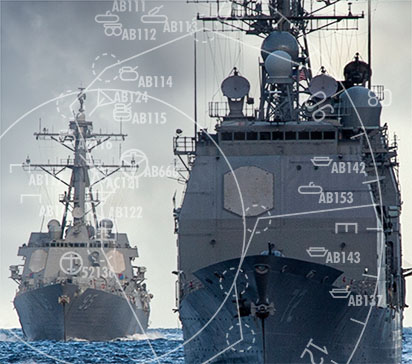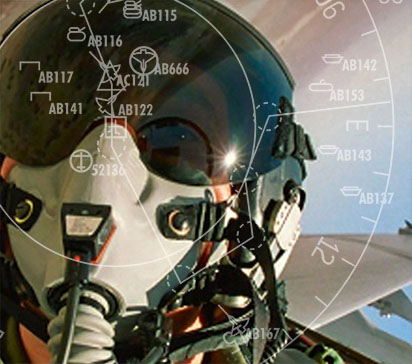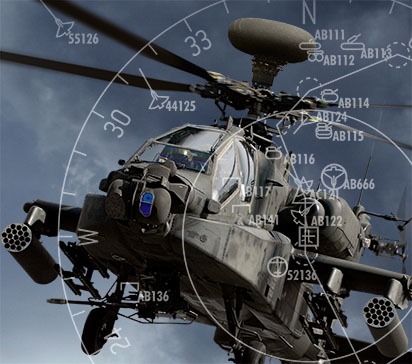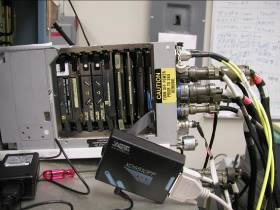Link 16 products
Over the lifecycle of a DLS terminal or other Link 16 products, some parts used to manufacture the product may become obsolete. DLS can provide relevant obsolescence register information to DLS customers who maintain their own spares stock for DLS repair use.
When a DLS supplier decides to discontinue production of a part, they will normally provide a date for last time buys to purchasers. The purchaser must then evaluate whether they currently have enough stock, additional stock is available on the aftermarket, a replacement parts exists, or if a last time buy is needed to maintain repair and production estimates for the product’s lifetime. An obsolescence register is created that defines:
- DLS part number
- Vendor part number
- Part description
- Assembly used on
- Anticipated corrective action plan
- Quantity used per terminal
- Last Time Buy exercise date
In addition, this register will identify those parts which DLS believes will become obsolete within the next 12 months. The anticipated obsolescence data is based upon input from the vendors and may change at their discretion. It is included in the register to provide a more pro-active approach with regard to parts procurement.




